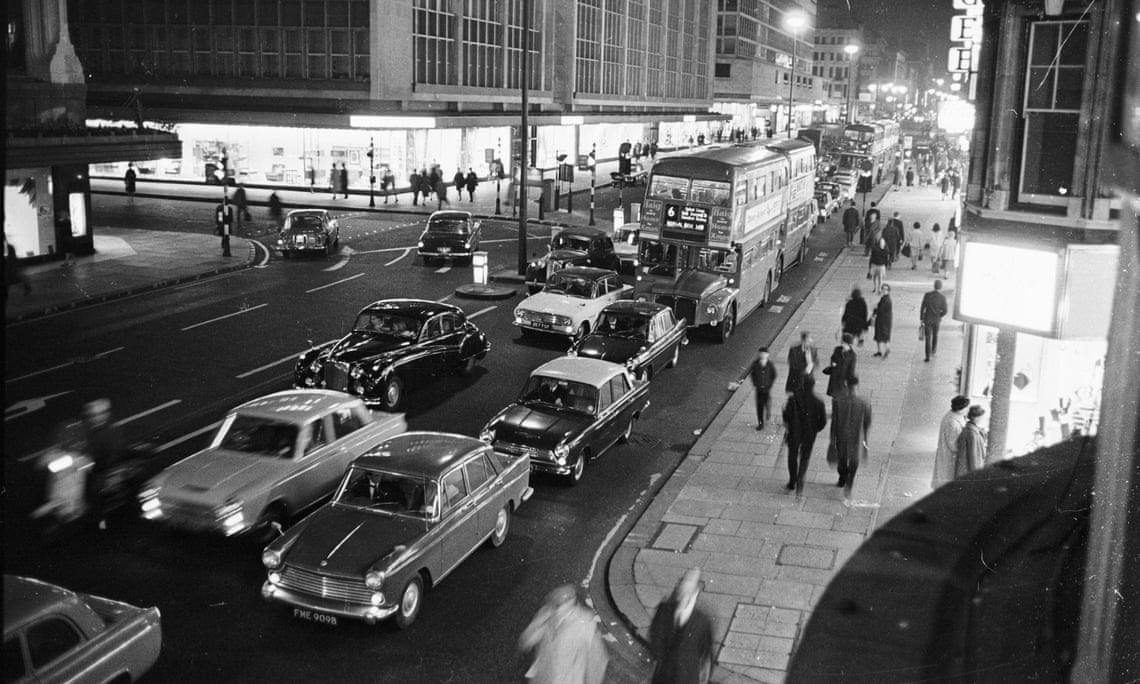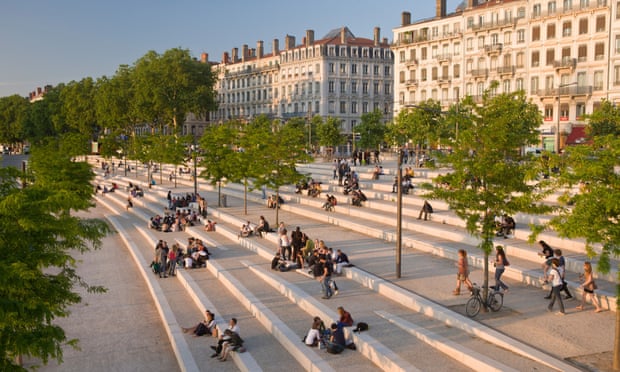
A monumental, aerial sculpture is suspended over Boston’s Rose Kennedy Greenway from May through October 2015 as the signature contemporary art installation in the Greenway Conservancy’s Public Art Program.
The sculpture for Boston spans the void where an elevated highway once split downtown from its waterfront. Knitting together the urban fabric, it soars 600 feet through the air above street traffic and pedestrian park.
The form of “As If It Were Already Here” echoes the history of its location. The three voids recall the “Tri-Mountain” which was razed in the 18th-century to create land from the harbor. The colored banding is a nod to the six traffic lanes that once overwhelmed the neighborhood, before the Big Dig buried them and enabled the space to be reclaimed for urban pedestrian life.



The sculpture is made by hand-splicing rope and knotting twine into an interconnected mesh of more than a half-million nodes. When any one of its elements moves, every other element is affected. Monumental in scale and strength yet delicate as lace, it fluidly responds to ever-changing wind and weather. Its fibers are 15 times stronger than steel yet incredibly lightweight, making the sculpture able to lace directly into three skyscrapers as a soft counterpoint to hard-edged architecture. It is a physical manifestation of interconnectedness and strength through resiliency.
In daylight the porous form blends with sky when looking up, and casts shadow-drawings onto the ground below. At night it becomes an illuminated beacon. The artwork incorporates dynamic light elements which reflect the changing effects of wind. Sensors around the site register fiber movement and tension and this data directs the color of light projected onto the sculpture’s surface.


“Here in Boston, I’m excited to visually knit together the fabric of the city with art,” said Echelman. “The creation of the Greenway was a seminal event in the unfolding of our city, so I’m delighted and humbled to be a part of its transformation into a vibrant cultural destination.”
The work invites you to linger, whether seen amidst the skyline from afar, or lying down on the grassy knoll beneath. It embraces Boston as a city on foot, where past and present are interwoven, and takes our gaze skyward to feel the vibrant pulse of now. It invites you to pause, and contemplate a physical manifestation of interconnectedness – soft with hard, earth with sky, things we control with the forces beyond us.


By the Numbers:
– The sculpture includes over 100 miles of twine
– Longest span is 600 ft
- Highest point of attachment is 365 ft
– There are over half a million knots (~542,500)
– The sculpture weighs approximately 1 ton
– The sculpture can exert over 100 tons of force
– Projected plan area of the sculpture is 20,250 sq ft, or almost half an acre



 http://www.echelman.com/project/boston-greenway/
http://www.echelman.com/project/boston-greenway/




































